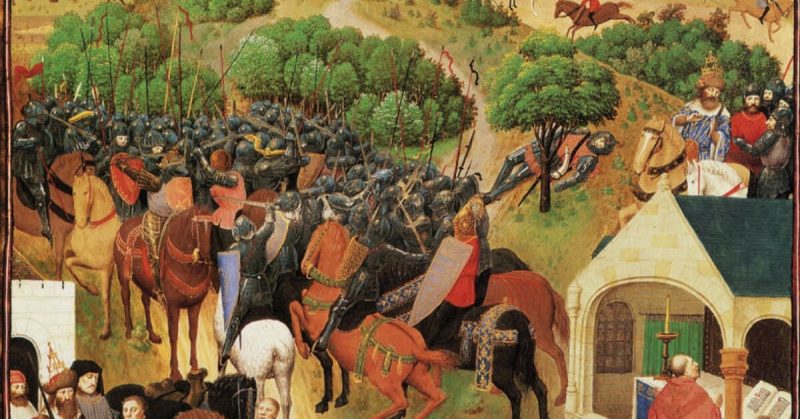These five legendary medieval units were supreme for their timeline. Their significance and special position in history built that title around their names. All five of them played an important role during their existence. They are a symbol of the power of will, courage, strength and honor, bringing the art of war to a whole new level during their existence.
Charlemagne’s Paladins
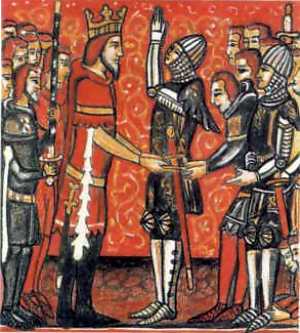
From the 8th to the 9th century in the realms of the Frankish empire, a legendary battle formation existed. Known as the Paladins of Charles the Great, they were warriors recruited from five different kingdoms.
The Paladins were the deadliest and strongest unit of the Frankish cavalry. Various opponents of the Frankish empire were routed from the legendary Paladins. During their existence, the elite warriors fought in all parts of the Empire.
The Paladins’ most famous and epic record is the Battle of Roncevaux in 778. The epic poem “The Song of Roland” celebrates the legendary heroism of the Paladins, and the knight Roland in particular, who risked his own life to save his ruler. The famous battle was between the forces of the Frankish empire led by Charlemagne and the Umayyads. The oral tradition of romanticizing this battle is also what put the halo of greatness around the legendary Paladins.
The Varangian Guard
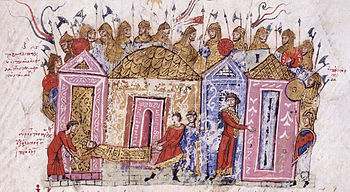
Between the 10th to 14th century the Byzantine empire’s army had special troops called the Varangian Guard. At the beginning, they were a gift of 6000 warriors from the Rus Emperor Vladimir for the Roman Emperor Basil II. The Varangian Guard were the elite guard of the emperor himself. Thus, the Roman emperors began to continuously recruit men for the guard from the Scandinavian, Germanic, and Russian lands. Another reason the Roman emperors recruited the guard from outside was because the local formation often served the opposing aristocracy.
They were known to be fierce, loyal and battleborn warriors, who would fight to the death for their commander.
During the existence of the Varangian guard, it was part of numerous battles. They participated in several famous and legendary battles like the one at Cannae in 1018, also the Siege of Constantinople and the one at Trajan Gates. They stood against the Arabs in Sicily and devastating battle of Manzikert in 1071.
During their existence, the Varangian guard was known to save the lives of the Roman Emperors, risking their own. They had numerous privileges as the Emperor’s personal guard. The Varangian guard not only had their own place at the enormous capital city, but also a special rank in society and court.
The Samurai
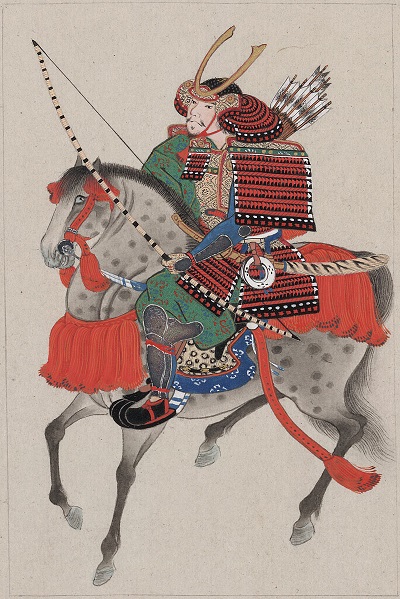
Tracers of Samurais recorded in the history of Japan can be found from the early 10th century, and their existence continued to the late 19th century. At some point, their count reached as much as 10% of the population of Japan. Often regarded as the best warriors, the Samurais were incredibly talented in the arts of war. They were masters of the sword and hand-to-hand combat. The Samurais were the special force of the Japanese Daimyo. Sometimes even in the entire Japanese army, whenever Japan was united under a single ruler.
The Samurais were a distinguishing military force with their very own code of honor – the Bushido. Their code to this very day is primary for Japanese tradition and culture. During their nine centuries of existence, the Samurais have proven themselves to be honorable, fierce, and loyal to the very end. Self-sacrifice in the name of honor was their personal signature.
Another intriguing fact in history is the existence of a female samurai, the onna-bugeisha. They were also trained in the usage of weapons, specially designed for them and even participated in wars.
The end of the legendary warriors comes at the Battle of Shiroyama in 1877. The last fight of the Satsuma Rebellion against the pro-European reforms of the Meiji.
The Mamluks
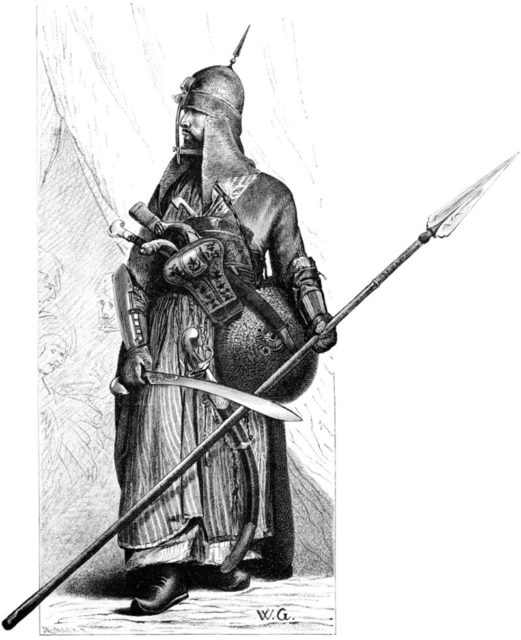
From the 12th to the 18th century in the regions of Egypt, Palestine and Syria existed yet another legendary unit. There are several accounts, because of which we include them in this list. The Mamluks were originally “white” slaves from the conquered countries, which later turned into a considerable force in the Middle East. They are also known for being the only ones who defeat the Mongols, while the latter were at their best. Mamluks dominated the Middle East for three long centuries.
They took part in the famous battle of Ain Jalut, the Battle of the Pyramids, and many others. The Mamluk warriors were trained in the usage of various weapons and were known to be exceptionally deadly on the battlefield.
The only reason their powerful rule declined was the defeat they suffered in 1517. That year, Selim I managed to defeat them and annex Egypt. However, although defeated, the Mamluks did not lose their power. In fact, they became part the local aristocracy and later the elite of the Orient. They last fight and loss was from Napoleon in 1798. The reason they suffered a defeat was quite possibly, because of the modernized and better-armed army of the French legend.
The Longbowmen of Wells
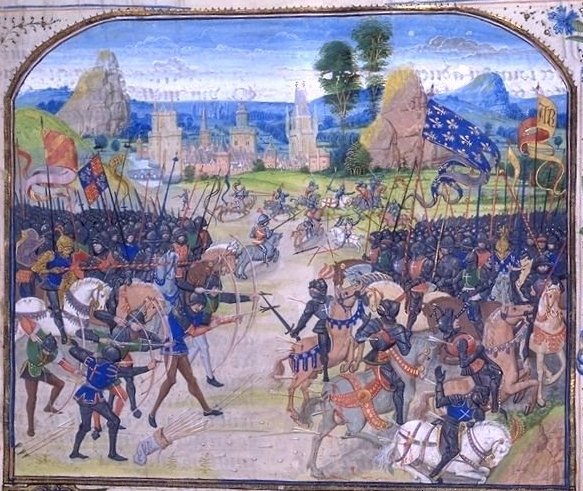
History’s legendary longbowmen have counted as much as several thousand strong. It is widely accepted, that the longbowmen could pierce even the knight’s armor with their powerful aim. The longbowmen of Wells were and still are considered of the best in the entire Old Continent.
They could shoot from incredible distance with just as incredible accuracy. In medieval Europe, the longbow was so popular that the common Englishmen started using it. The longbow was superseded much later, from the firearms. However, we can point out several significant clashes, in which the longbowmen played a huge role in the outcome. Exactly for these, they are considered Legendary medieval units.
During the Hundred Years War, the longbowmen won three amazing victories for the Englishmen. To this day they remain a marker for the might of the longbowmen. The battles at Crécy, Poitiers, and Agincourt were decisive English victories and a highlight for the Longbowmen. They Wells’ Longbowmen participated not only in the Hundred Years War but also in few more, where they brilliantly demonstrated the superiority of the weapon, before the other weapons of that time.
